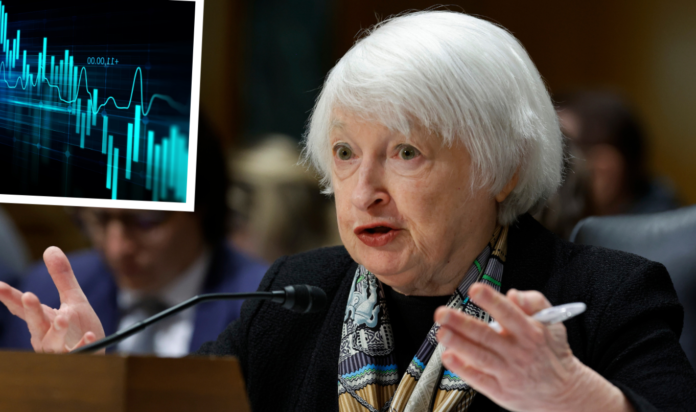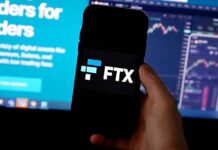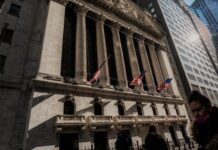The Federal Reserve: Navigating a Complex Landscape
As the economy faces a multitude of challenges, the Federal Reserve finds itself in a precarious position. With the task of curbing inflation while simultaneously managing the aftermath of the Silicon Valley Bank and Signature Bank failures and ongoing stress in the regional banking sector, policymakers are hesitant to raise interest rates and risk further damage to the system. However, the persistently high inflation rate presents a conundrum, complicating the Fed’s efforts to restore equilibrium. The decision to raise rates by at least half a percentage point, initially planned two weeks ago, now faces the complications of the banking meltdown.
Banking Meltdown: A Catalyst for Disinflation
The banking meltdown, causing fears of a bank run, has left lenders wary of taking risks with their capital reserves, ensuring they have sufficient cash to cover potential withdrawal requests. This cautious approach has created “disinflationary events” that could bring down prices without the need to raise interest rates. However, if small and midsize banks tighten their lending standards, the economic growth rate could reduce by as much as half a percentage point in 2023. Goldman Sachs economists report that banks with less than $250 billion in assets account for 50% of US commercial and industrial lending, 60% of residential real estate lending, 80% of commercial real estate lending, and 45% of consumer lending.
Divergent Views on the Fed’s Future Course of Action
Economists are divided on the appropriate course of action for the Fed to take. While some believe that raising interest rates is necessary to prevent further financial instability and avert a policy flip-flop, others caution against the potential risks to the financial system in such a scenario. A soft landing, they argue, requires a nuanced approach, with due consideration to financial dominance.
Yellen and Dimon: Collaborating to Restore Investor Confidence
US Treasury Secretary Janet Yellen and JPMorgan Chase CEO Jamie Dimon have collaborated to reassure markets and restore investor confidence, leading to a surge in regional bank stocks. Yellen has assured the public that the US government is willing to protect smaller banks and their deposits if necessary, stating that the federal government is prepared to rescue uninsured depositors at small banks if lenders experience bank runs, thereby containing contagion. Dimon, on the other hand, led the talks to create a rescue plan for First Republic, which resulted in the bank’s shares soaring nearly 30% in trading on Tuesday.
Declining Home Prices: The End of an Era?
The National Association of Realtors reports that the median price of a US home in February 2023 was lower than that of February 2022, marking the end of over a decade of year-over-year increases. The median existing home price in February was $363,000, down 0.2% from the previous year. This is the first monthly year-over-year price decline since February 2012. While home sales surged in February, Lawrence Yun, chief economist for NAR, anticipates a continuing price correction, but not a crash.
Record-Breaking Home Sales: A Silver Lining
Despite the decline in median home prices, home sales in February 2023 saw the largest monthly percentage increase since July 2020, ending the longest streak of month-to-month declining home sales on record. Experts attribute the surge in home sales to lower mortgage rates and the relaxation of restrictions that previously kept homebuyers out of the market. While Lawrence Yun expects prices to continue declining, he believes that the market will not crash.
The Future of Banking and the Economy
The Fed’s next move will have significant ramifications for both the banking industry and the broader economy. As the banking meltdown has tightened monetary conditions, the risks of a sharper slowdown in the economy have increased, according to Torsten Slok, chief economist at Apollo Global Management. The decision of whether to increase interest rates to prevent further financial instability or hold off to prevent a sharp economic slowdown remains to be seen. However, Yellen and Dimon’s efforts have restored some investor confidence and propelled regional bank stocks. While Wall Street seems content for now, the situation remains uncertain, and the Fed’s ability to navigate the complex landscape will be crucial in the coming months.
Google News | Telegram
















